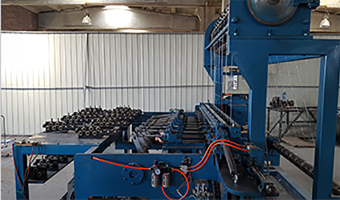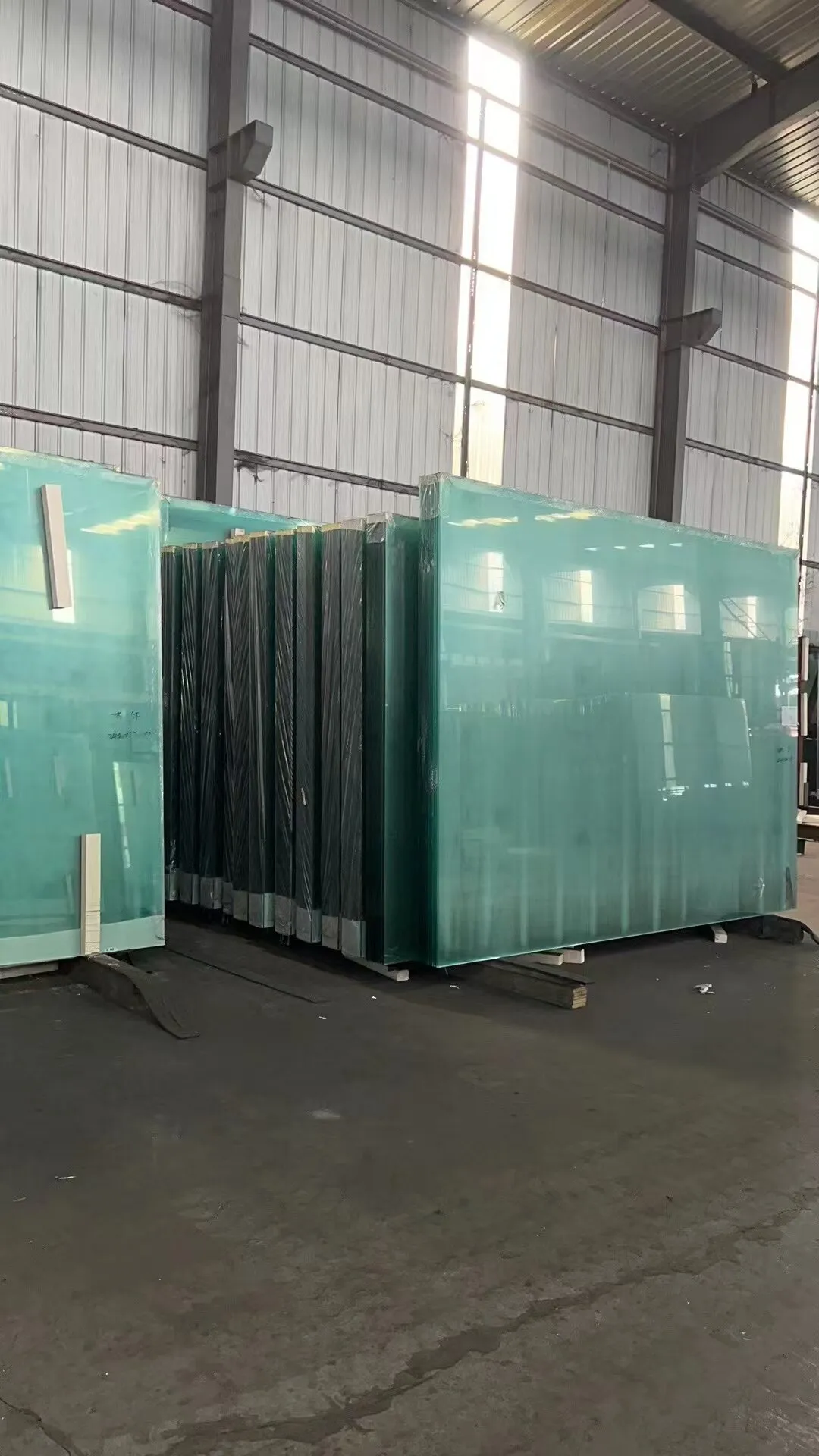The float glass process revolutionized the way we produce high-quality glass, and its impact is ubiquitous in our everyday lives, from sleek skyscraper façades to the gleaming displays of smartphones. This method, first introduced in the mid-20th century, remains the gold standard for manufacturing flat glass due to its efficiency and precision.

Mastering the float glass process starts with its fundamental components sand, soda ash, and limestone. These raw materials are carefully mixed and melted at approximately 1700°C in a furnace, creating a molten glass pool. Floating this mixture on a bed of molten tin gives birth to its name—the float glass process. The glass spreads out over the molten tin surface, turning seamlessly flat due to gravity and surface tension, resulting in a uniformly finished product that requires minimal further processing.
One of the most notable attributes of the float glass process is its unparalleled consistency in thickness and surface uniformity, hallmarks of its superior quality. This precision is vital for applications requiring optical clarity and perfection, such as solar panels, vehicle windows, and architectural structures. The process's ability to maintain precise thickness, typically ranging from 2mm to 25mm, caters to a wide array of industrial needs.

Experts in the field of glass manufacturing highlight the float glass process’s adaptability. By altering the furnace parameters and adding specific metal oxides, manufacturers can produce a variety of glass products, including tinted or tempered glass, to meet diverse industrial specifications. This versatility not only optimizes production but also paves the path for innovation in specialty glass products.
float glass process
An authoritative voice in the float glass sector, Pilkington, a pioneer of this technology, provides a wealth of expertise and continually advances the process. Their innovations in coated glass technologies, such as self-cleaning and solar control glass, underscore their commitment to sustainable solutions, further bolstering the ecological footprint of float glass manufacturing.
Trust is paramount in any industrial process, and the float glass process is no exception. Rigorous quality control standards are foundational,
ensuring that each sheet of glass meets precise international specifications. Manufacturers employ advanced non-contact measurement systems and autonomous inspection methods to guarantee defect-free glass production and uphold their commitment to excellence, mitigating any potential risks and enhancing reliability.
In conclusion, the float glass process is more than just a transformative manufacturing technique; it represents a blueprint of modern industry standards—sustainability, adaptability, and precision. Its continued evolution and development are testaments to the enduring collaboration between scientific innovation and practical application. By understanding and leveraging the intricacies of this process, industries not only enhance product quality but also build trust and authority in their respective markets.
 Afrikaans
Afrikaans  Albanian
Albanian  Amharic
Amharic  Arabic
Arabic  Armenian
Armenian  Azerbaijani
Azerbaijani  Basque
Basque  Belarusian
Belarusian  Bengali
Bengali  Bosnian
Bosnian  Bulgarian
Bulgarian  Catalan
Catalan  Cebuano
Cebuano  Corsican
Corsican  Croatian
Croatian  Czech
Czech  Danish
Danish  Dutch
Dutch  English
English  Esperanto
Esperanto  Estonian
Estonian  Finnish
Finnish  French
French  Frisian
Frisian  Galician
Galician  Georgian
Georgian  German
German  Greek
Greek  Gujarati
Gujarati  Haitian Creole
Haitian Creole  hausa
hausa  hawaiian
hawaiian  Hebrew
Hebrew  Hindi
Hindi  Miao
Miao  Hungarian
Hungarian  Icelandic
Icelandic  igbo
igbo  Indonesian
Indonesian  irish
irish  Italian
Italian  Japanese
Japanese  Javanese
Javanese  Kannada
Kannada  kazakh
kazakh  Khmer
Khmer  Rwandese
Rwandese  Korean
Korean  Kurdish
Kurdish  Kyrgyz
Kyrgyz  Lao
Lao  Latin
Latin  Latvian
Latvian  Lithuanian
Lithuanian  Luxembourgish
Luxembourgish  Macedonian
Macedonian  Malgashi
Malgashi  Malay
Malay  Malayalam
Malayalam  Maltese
Maltese  Maori
Maori  Marathi
Marathi  Mongolian
Mongolian  Myanmar
Myanmar  Nepali
Nepali  Norwegian
Norwegian  Norwegian
Norwegian  Occitan
Occitan  Pashto
Pashto  Persian
Persian  Polish
Polish  Portuguese
Portuguese  Punjabi
Punjabi  Romanian
Romanian  Russian
Russian  Samoan
Samoan  Scottish Gaelic
Scottish Gaelic  Serbian
Serbian  Sesotho
Sesotho  Shona
Shona  Sindhi
Sindhi  Sinhala
Sinhala  Slovak
Slovak  Slovenian
Slovenian  Somali
Somali  Spanish
Spanish  Sundanese
Sundanese  Swahili
Swahili  Swedish
Swedish  Tagalog
Tagalog  Tajik
Tajik  Tamil
Tamil  Tatar
Tatar  Telugu
Telugu  Thai
Thai  Turkish
Turkish  Turkmen
Turkmen  Ukrainian
Ukrainian  Urdu
Urdu  Uighur
Uighur  Uzbek
Uzbek  Vietnamese
Vietnamese  Welsh
Welsh  Bantu
Bantu  Yiddish
Yiddish  Yoruba
Yoruba  Zulu
Zulu 


